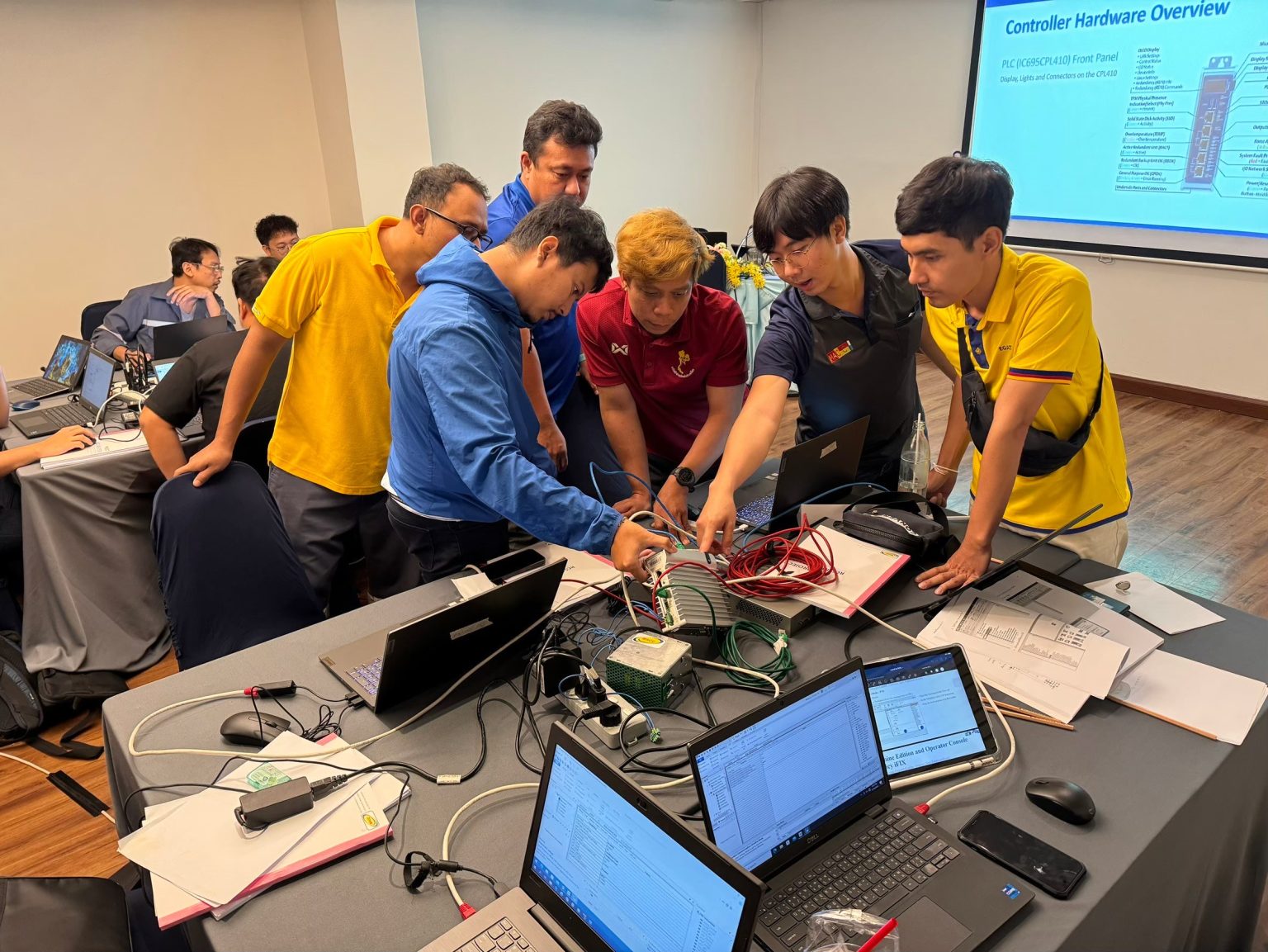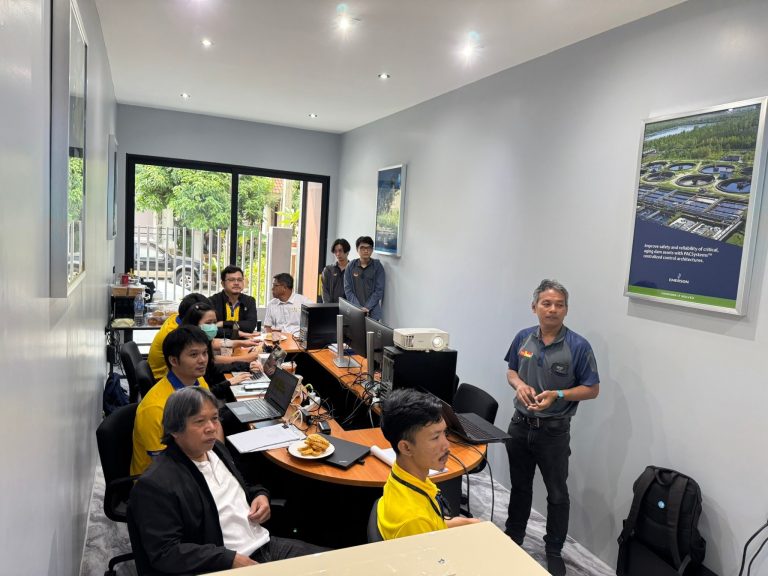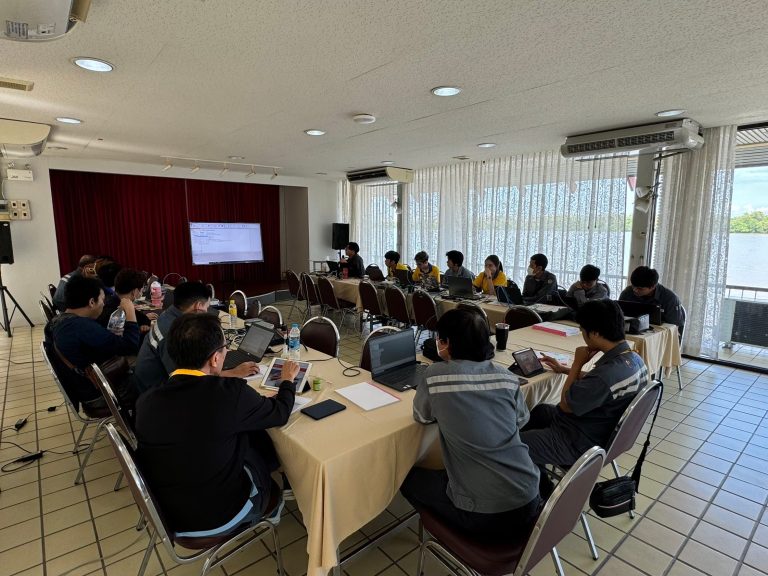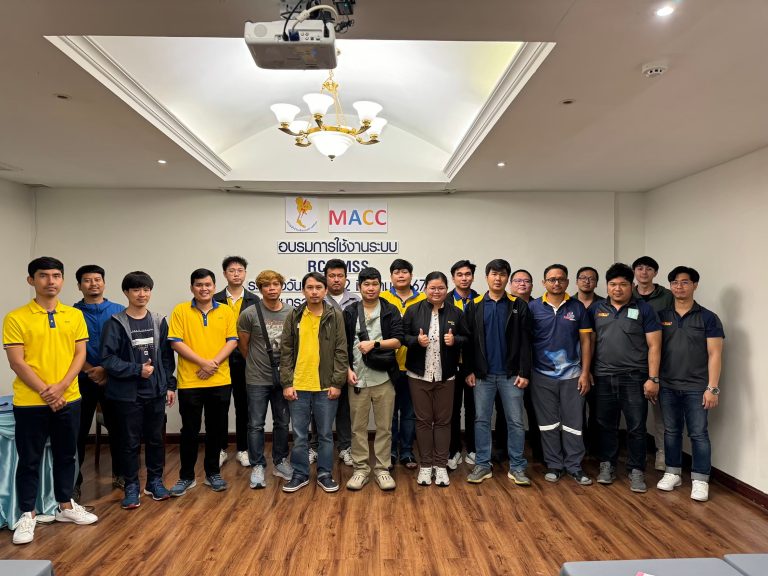
Design and Integration of Automatic Control Systems
The design of the automatic control system begins with a thorough analysis of process requirements, followed by the definition of hardware and software structures to ensure seamless integration. The engineering team utilizes PLC and SCADA as the central control backbone, while HMIs serve as user interfaces for effective monitoring and control. Safety considerations, fault prevention, and scalability are embedded into the design to ensure system reliability. The approach is aligned with international standards and tailored project specifications to deliver long-term operational stability and flexibility for future expansion.
Hardware Selection and Remote I/O Module Management
Selecting appropriate hardware is critical for achieving system stability and efficiency. Engineers evaluate equipment compatibility with industrial standards and software platforms, with a focus on robustness in diverse operating environments. Remote I/O modules are employed to enhance flexibility in data acquisition and field connectivity. Each component undergoes rigorous testing to validate reliability and durability. Considerations include energy efficiency, surge protection, and industrial network communication support, ensuring the entire system operates seamlessly with minimal downtime and long-term sustainability.

Software and SCADA Development
The software development process emphasizes real-time control and monitoring through SCADA platforms, ensuring comprehensive visibility of operational processes. HMI interfaces are designed for user-friendliness, enabling operators to respond quickly to alarms and abnormal conditions. PLC programming is developed with high reliability, adaptability, and compliance to safety standards, supporting evolving production requirements. Additionally, integrated data logging and automated reporting functions enable performance analysis, predictive maintenance, and continuous process optimization, providing long-term operational improvements and enhanced decision-making capabilities.
Systematic Planning and Project Management
Systematic planning is a cornerstone of project success. Senior engineers lead structured project meetings to define scope, schedule, and task prioritization with clarity. The application of project management tools ensures transparency, efficient tracking of progress, and effective risk management. Responsibilities are delegated across specialized teams, while regular communication with stakeholders ensures alignment with operational goals. The structured approach minimizes delays, ensures compliance with quality standards, and guarantees that deliverables are achieved on time and within scope.


Site Survey and Field Validation
On-site surveys play a crucial role in validating the feasibility of the proposed design. The engineering team assesses the real operating environment, including infrastructure readiness, electrical systems, network connectivity, and physical constraints. Pre-commissioning tests are conducted to identify adjustments before final installation. This stage also provides an opportunity to evaluate operational risks and collaborate with field operators for practical adjustments. The result is a design fully optimized for safety, efficiency, and user convenience, ensuring a smooth transition from planning to full-scale implementation.
